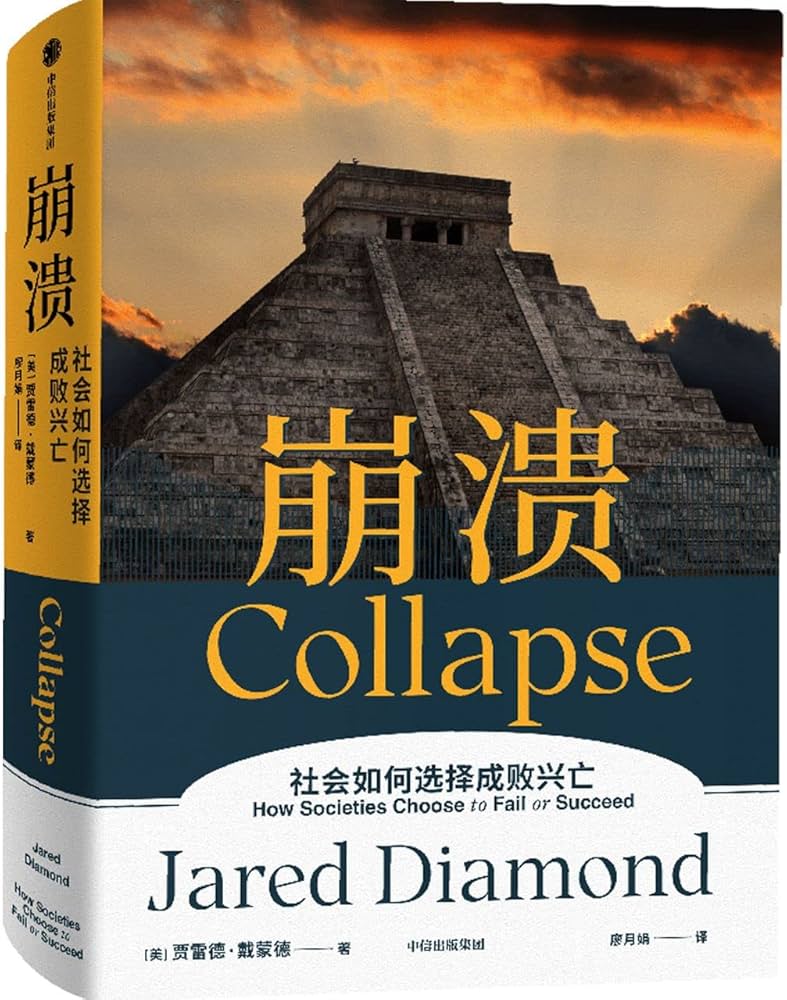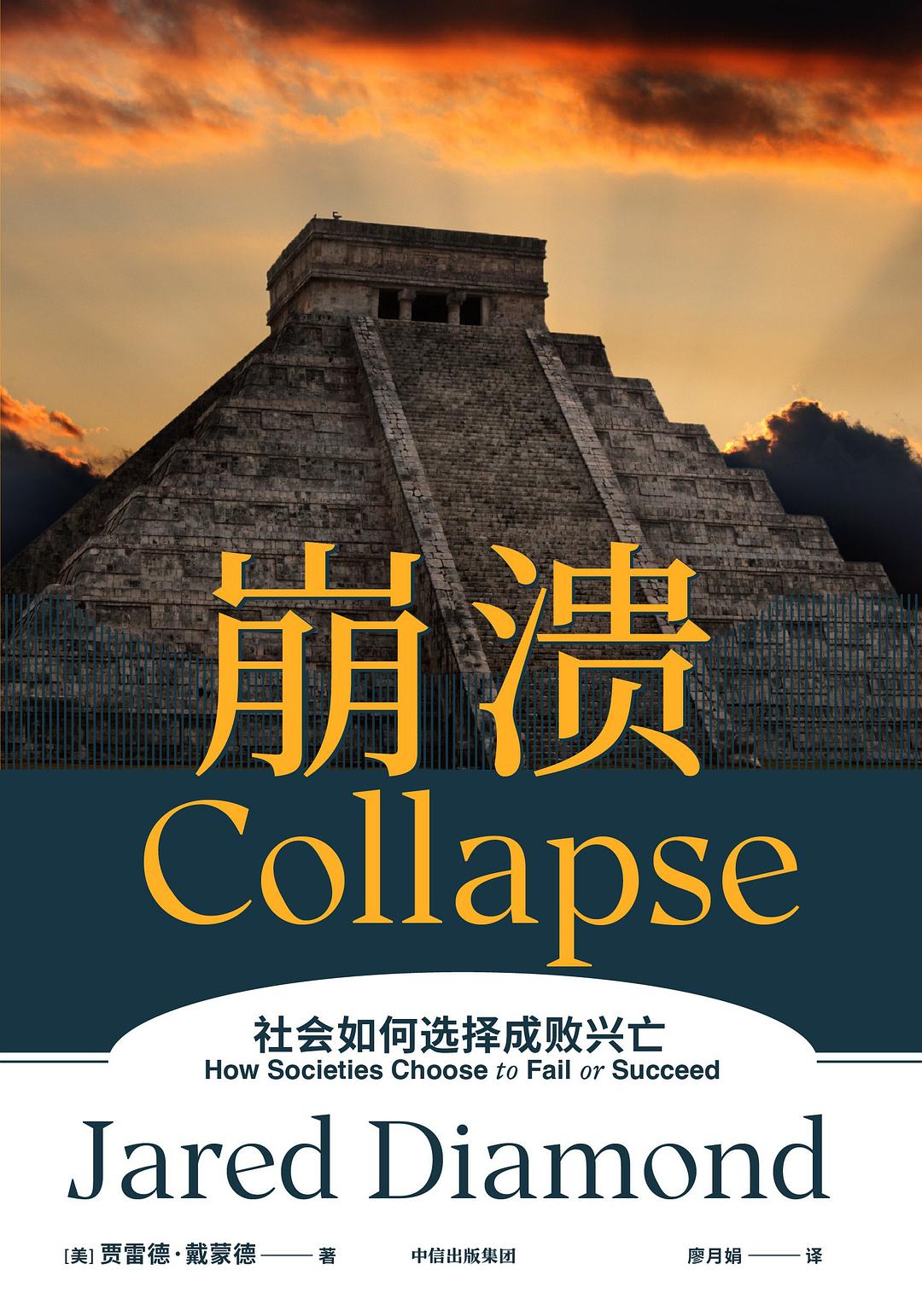WULOLIFE
《崩溃 社会如何选择成败兴亡》作者: [美]贾雷德·戴蒙德
《崩溃 社会如何选择成败兴亡》作者: [美]贾雷德·戴蒙德
Couldn't load pickup availability
Description
内容简介 · · · · · ·
人口急剧减终至瓦解。这在人类历史上并不罕见,许多壮丽的文明遗址引发幽古之思,人们在抚今追昔时,不免产生疑问:为什终湮没在历史长河中?
为了回答这个问题,在本书中,戴蒙德延续其思考框架,聚焦生态环境与人类文明的关系。在比较历史研究的视野下,戴蒙德以自己熟悉的美国蒙大拿州作为引子,纵向比较了复活节岛、玛雅文明、格陵兰岛的维京社会、德川幕府时期的日本等过社会的兴衰存亡横向分析了卢旺达、海地与多米尼加、中国、澳大利亚等现代社会的发展与困境。这些文明社会面临着相似的危机——在污染、瘟疫、战争、饥荒的背后,千疮百孔的生态环境是社会走向败亡的大前奏,而不同社会应对环境问题的选择决定了它们迥异的结局。基于此,生态环境如何影响人类社会的命运这一议题,从一个宏大模糊的背景角色走到前台的聚焦点下,一些从前历史研究所忽略的关键信息被提取出来,重塑了人们对社会发展的认知。
今天,现代社会同样面临危机——前所未有的人口压力、全球性的环境破坏,地区性的崩溃可能会迅速向全世界蔓延。经济发展与环境保护是否不可兼得?我们对这一问题的理解与抉择将决定当今社会的兴盛或衰落。
作者简介 · · · · · ·
贾雷德·戴蒙德(Jared Diamond,美国艺术与科学院、国家科学院院士,当代少数几位探究人类社会与文明的思想家之一。戴蒙德的研究使他获奖无数,包括美国国家科学奖、美国地理学会伯尔奖、泰勒环境贡献奖、日本国际环境和谐奖等 。代表作包括《枪炮、病菌与钢铁》《第三种黑猩猩》《崩溃》《昨日之前的世界》《剧变》《为什么有的国家富裕,有的国家贫穷》等。
目录 · · · · · ·
序曲 XIX
第一部分现代蒙大拿第一章 在蒙大拿的长空下 003
第二部分古代社会第二章 暮色中的复活节岛 073
亨德森岛 129
150
第五章 玛雅文明的陨落 177
第六章 维京:前奏与赋格 204
第七章 繁华如烟:维京人在格陵兰岛 247
第八章格陵兰岛维京社会的挽歌 294
第九章 另辟蹊径:新几内亚高地、蒂科皮亚岛和日本等社会的成功故事 333
第三部分现代社会第十章 非洲的人口悲剧:卢旺达的种族屠杀 377
第十一章 一岛两国:多米尼加与海地 400
第十二章 中国:摇摆的巨人 435
第十三章 淘空澳大利亚? 458
509
第十五章 大企业与生态环境 537
第十六章 相依为命 595
后记 645
致谢 665
延伸阅读 669
插图来源 705

